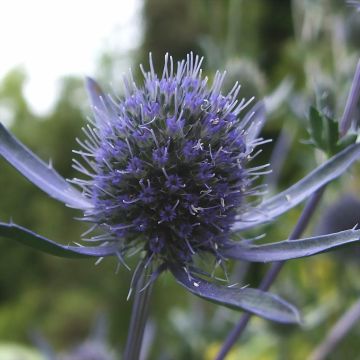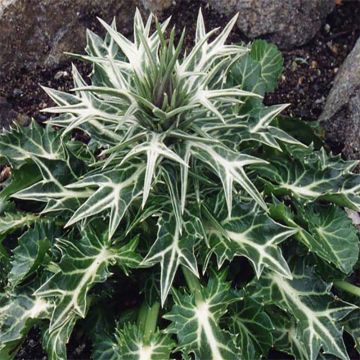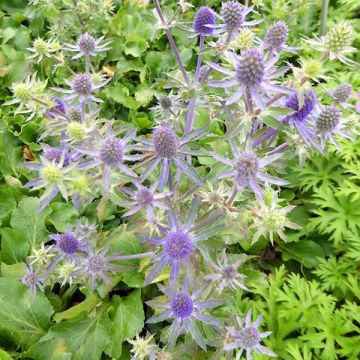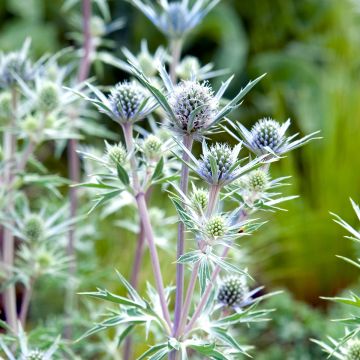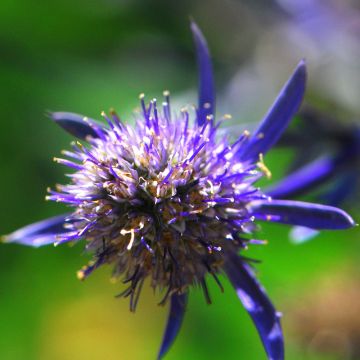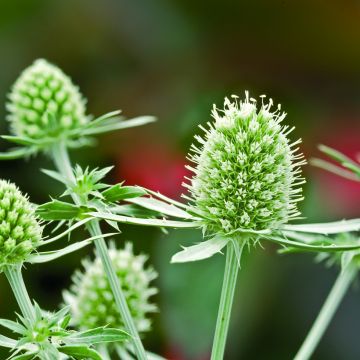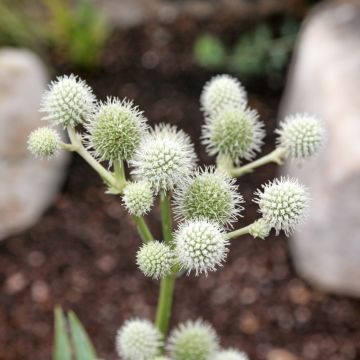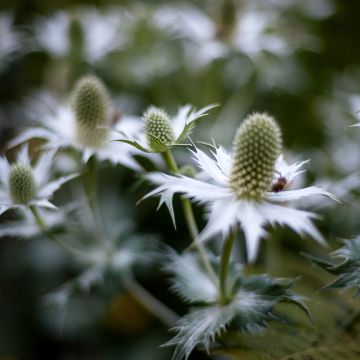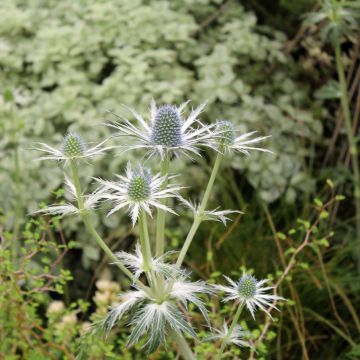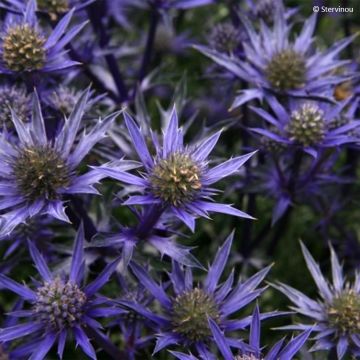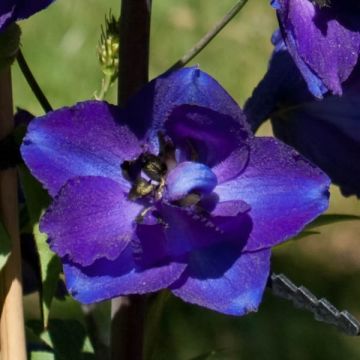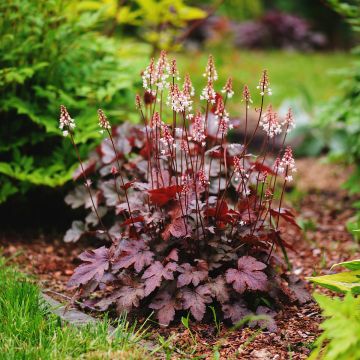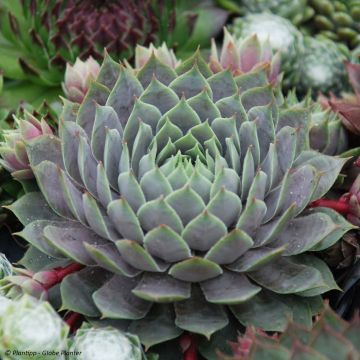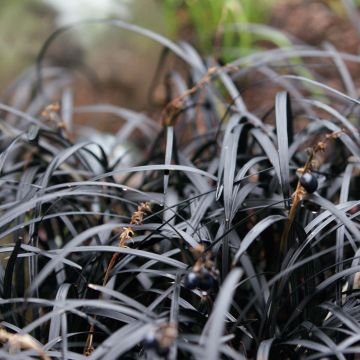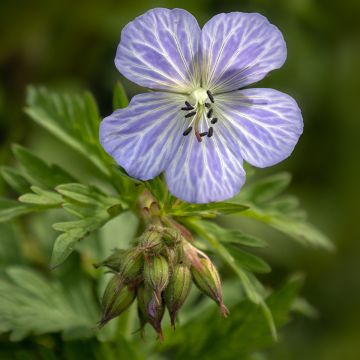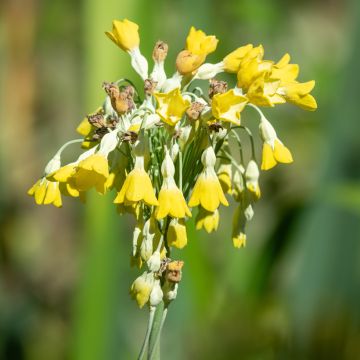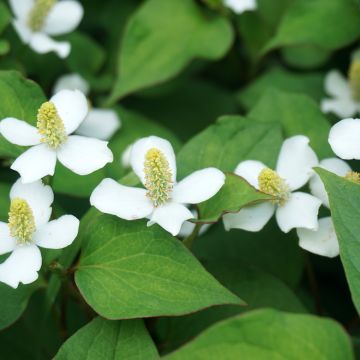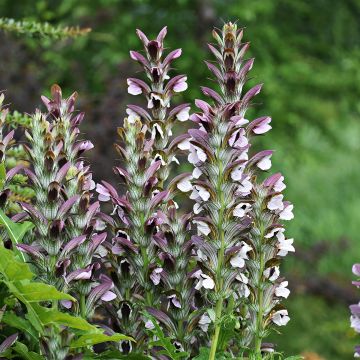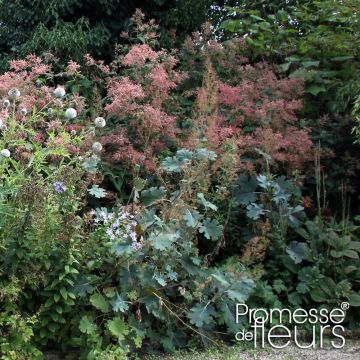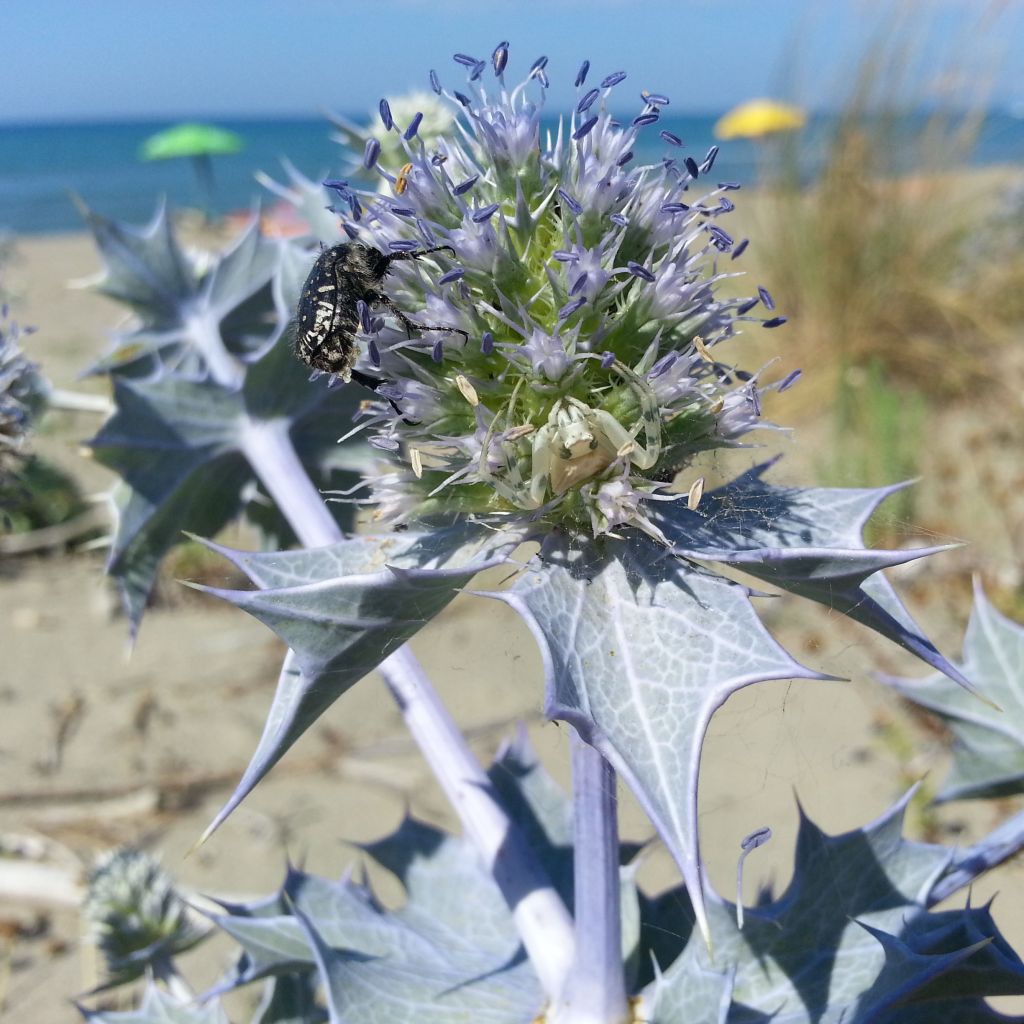

Eryngium maritimum
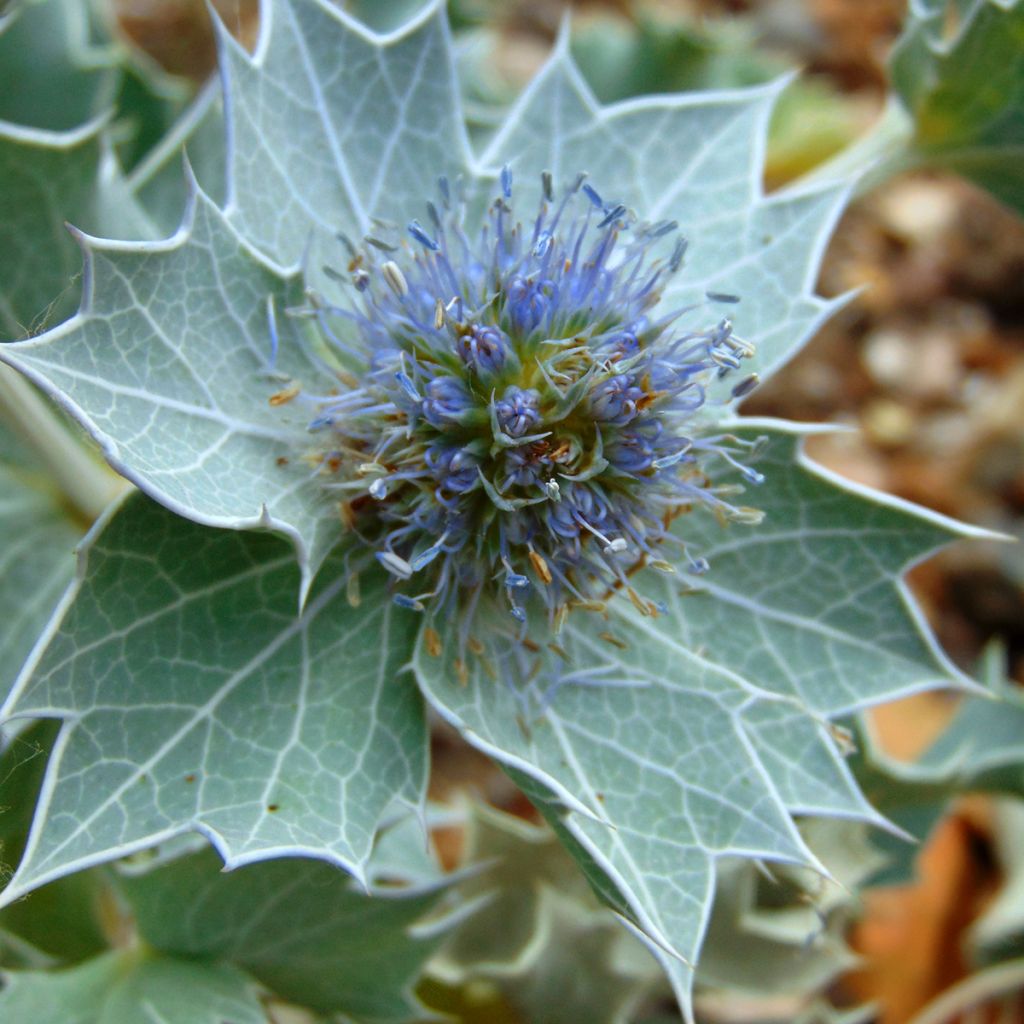

Eryngium maritimum
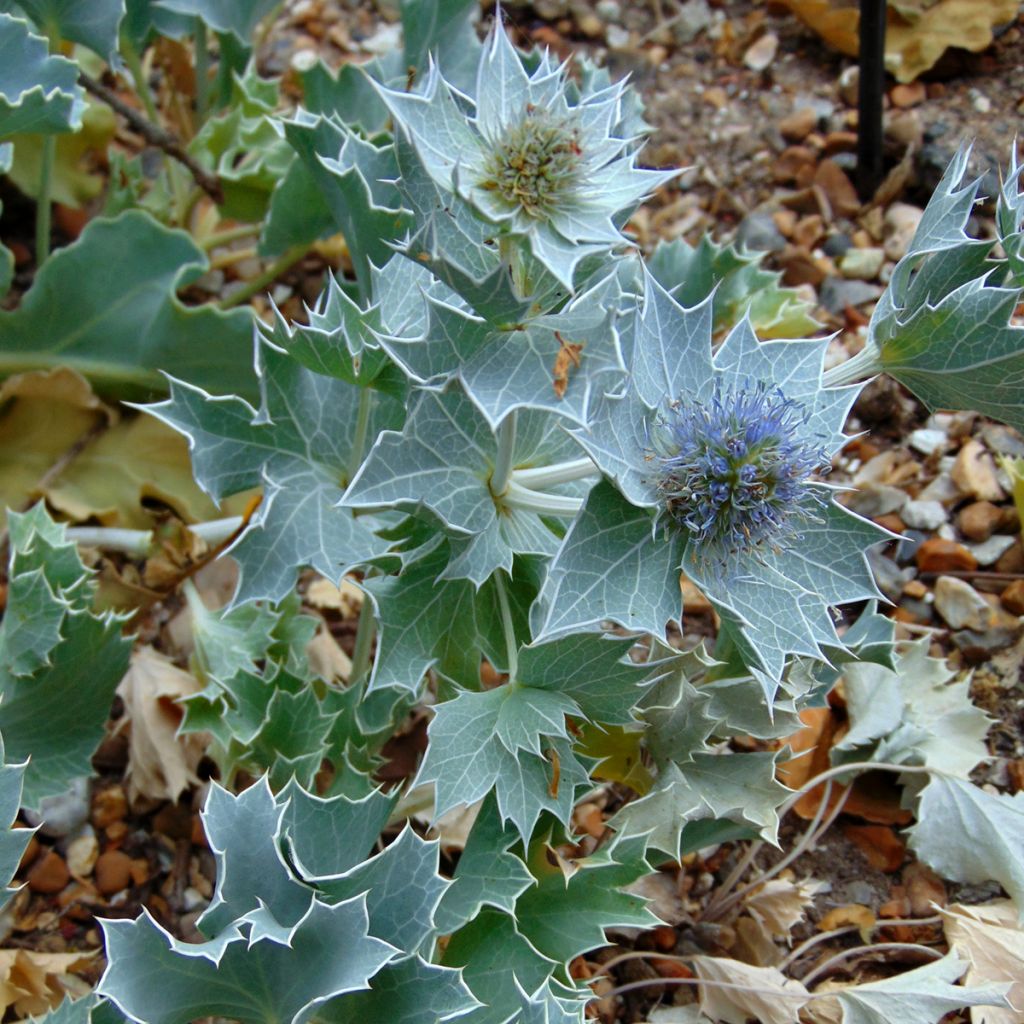

Eryngium maritimum
Eryngium maritimum
Eryngium maritimum
Sea Holly
Plants have been planted, we will wait to see if they like where we put them...
RAY, 02/11/2024
This item cannot be shipped to the selected country
Delivery charge from €5.90
Delivery charge from €5.90
More information
Schedule delivery date,
and select date in basket
This plant carries a 12 months recovery warranty
More information
We guarantee the quality of our plants for a full growing cycle, and will replace at our expense any plant that fails to recover under normal climatic and planting conditions.
From €5.90 for pickup delivery and €6.90 for home delivery
Express home delivery from €8.90.
From €5.90 for pickup delivery and €6.90 for home delivery
Express home delivery from €8.90.
Does this plant fit my garden?
Set up your Plantfit profile →
Description
Eryngium maritimum or Sea Holly, is a botanical species from our coasts with splendid evergreen blue-green foliage, which is cut, leathery and very spiny. From June to September, flowering continuously, it displays its round heads of remarkable metallic blue. A magnificent blue thistle, to be planted in the sun, in poor, sandy or rocky soil, which is very well drained, and to be handled with caution or gloves, quite literally!
Eryngium maritimum, more commonly known as Sea Holly, is a botanical thistle, native to the coasts of Western Europe and Mediterranean countries. Perhaps you have already encountered it because it grows in the dunes and pebbles of many coastlines. Belonging to the Apiaceae family, this sea holly is a perennial plant with beautiful blue-green leaves, forming an upright clump, and measuring 30 to 60 cm (12 to 24in) in all directions. Its roots emit underground runners. Highly branched, this maritime blue thistle has persistent foliage composed of glaucous, leathery and spiny leaves, deeply cut and with spectacular veins. From June to September, it is adorned with metallic blue flowers, in dense spherical heads, surrounded by silver-blue bracts.
This maritime blue thistle appreciates the sun and poor, sandy and rocky, which is well-drained soils, as close as possible to its natural habitat. It will therefore be ideal in a coastal garden, whose soil has the same characteristics as its natural environment. A highly decorative plant with very long blue flowering, uninterrupted throughout the summer, and splendid spiny grey-blue foliage, this Sea Holly will be the perfect companion for plants in poor soils such as grasses, wormwoods, Euphorbias, lavenders, choosing a grey-blue ambiance, a resolutely contemporary shade. It is however recommended to plant it in the background of flower beds to avoid getting too close to its thorns! This blue thistle is one of the best plants for the creation of splendid dried bouquets. Just cut the stems before the flowers fully bloom, and hang them upside down to dry.
The roots of this Sea Holly are edible, after boiling and grilling them, they taste like chestnuts. In the United Kingdom, they were used to make sweets.
Report an error about the product description
Eryngium maritimum in pictures
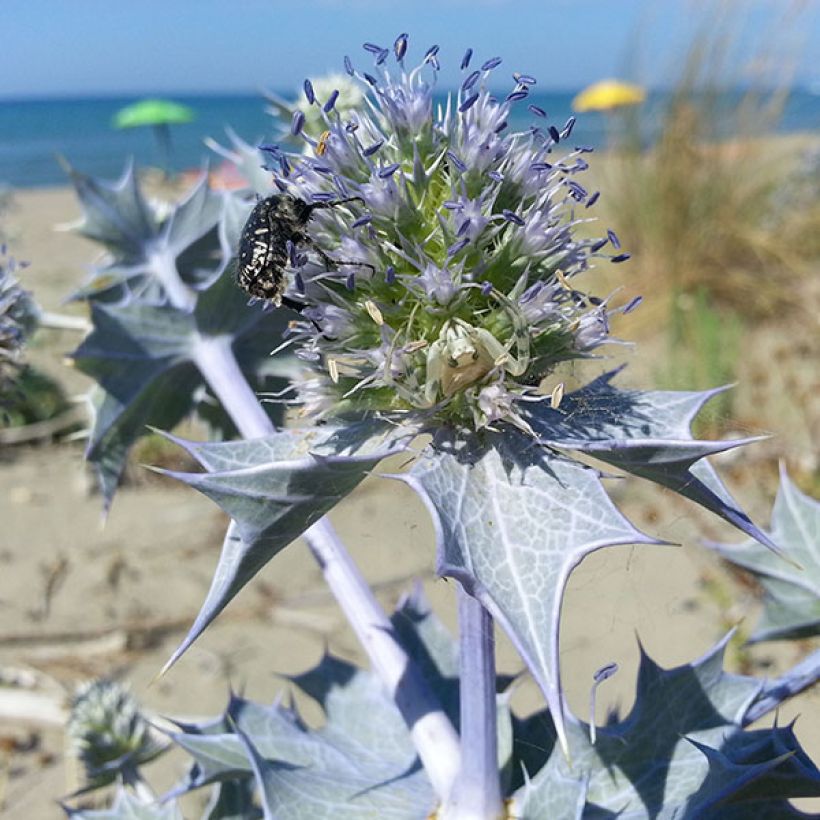

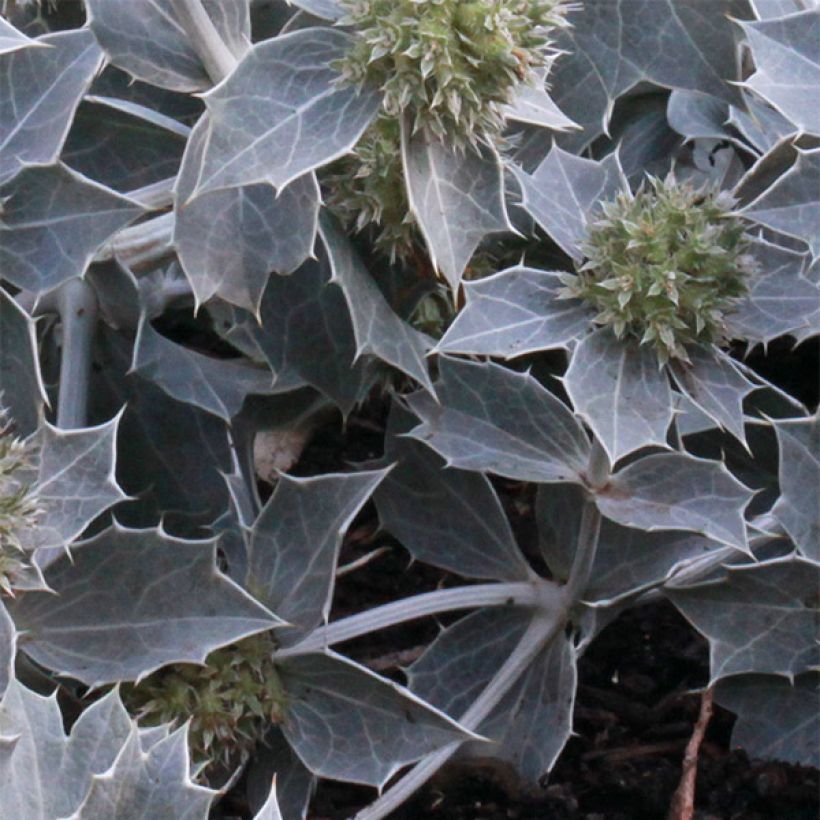

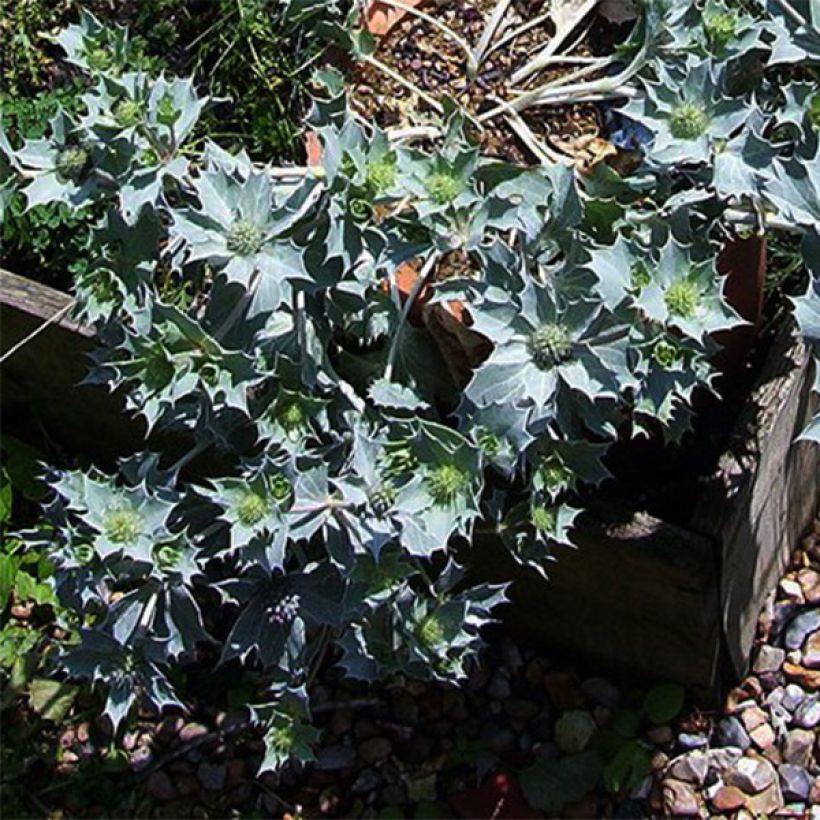

Flowering
Foliage
Plant habit
Botanical data
Eryngium
maritimum
Apiacées
Sea Holly
Western Europe
Other Eryngium - Eryngo
Planting and care
Eryngium maritimum, a perennial plant that thrives under optimal growing conditions, is hardy to -15°C (5°F). It is best planted in the spring, preferably in a sunny location, in ordinary, light, sandy or rocky soil, with not too much limestone, not too dry but especially well-drained. Not tolerant of heavy and wet soils, especially during the winter season, it is advisable, in the case of heavy soil or in wet regions, to mix compost, sand, and gravel with the garden soil and plant it in a raised bed. To ensure good drainage, it will be necessary to place a layer of gravel at the bottom of the planting hole. After flowering, remove the faded flowers, unless you want the seeds to scatter in the garden, thus obtaining spontaneous sowing and new young plants. Eryngiums can be attacked by aphids on the stems as well as on the inflorescences, but also on their roots, weakening the plants and sometimes causing them to wither (root rot). On the other hand, they can be susceptible to powdery mildew and attacked by snails and slugs.
Planting period
Intended location
Care
-
, onOrder confirmed
Reply from on Promesse de fleurs
Summer flowering perennials
Haven't found what you were looking for?
Hardiness is the lowest winter temperature a plant can endure without suffering serious damage or even dying. However, hardiness is affected by location (a sheltered area, such as a patio), protection (winter cover) and soil type (hardiness is improved by well-drained soil).

Photo Sharing Terms & Conditions
In order to encourage gardeners to interact and share their experiences, Promesse de fleurs offers various media enabling content to be uploaded onto its Site - in particular via the ‘Photo sharing’ module.
The User agrees to refrain from:
- Posting any content that is illegal, prejudicial, insulting, racist, inciteful to hatred, revisionist, contrary to public decency, that infringes on privacy or on the privacy rights of third parties, in particular the publicity rights of persons and goods, intellectual property rights, or the right to privacy.
- Submitting content on behalf of a third party;
- Impersonate the identity of a third party and/or publish any personal information about a third party;
In general, the User undertakes to refrain from any unethical behaviour.
All Content (in particular text, comments, files, images, photos, videos, creative works, etc.), which may be subject to property or intellectual property rights, image or other private rights, shall remain the property of the User, subject to the limited rights granted by the terms of the licence granted by Promesse de fleurs as stated below. Users are at liberty to publish or not to publish such Content on the Site, notably via the ‘Photo Sharing’ facility, and accept that this Content shall be made public and freely accessible, notably on the Internet.
Users further acknowledge, undertake to have ,and guarantee that they hold all necessary rights and permissions to publish such material on the Site, in particular with regard to the legislation in force pertaining to any privacy, property, intellectual property, image, or contractual rights, or rights of any other nature. By publishing such Content on the Site, Users acknowledge accepting full liability as publishers of the Content within the meaning of the law, and grant Promesse de fleurs, free of charge, an inclusive, worldwide licence for the said Content for the entire duration of its publication, including all reproduction, representation, up/downloading, displaying, performing, transmission, and storage rights.
Users also grant permission for their name to be linked to the Content and accept that this link may not always be made available.
By engaging in posting material, Users consent to their Content becoming automatically accessible on the Internet, in particular on other sites and/or blogs and/or web pages of the Promesse de fleurs site, including in particular social pages and the Promesse de fleurs catalogue.
Users may secure the removal of entrusted content free of charge by issuing a simple request via our contact form.
The flowering period indicated on our website applies to countries and regions located in USDA zone 8 (France, the United Kingdom, Ireland, the Netherlands, etc.)
It will vary according to where you live:
- In zones 9 to 10 (Italy, Spain, Greece, etc.), flowering will occur about 2 to 4 weeks earlier.
- In zones 6 to 7 (Germany, Poland, Slovenia, and lower mountainous regions), flowering will be delayed by 2 to 3 weeks.
- In zone 5 (Central Europe, Scandinavia), blooming will be delayed by 3 to 5 weeks.
In temperate climates, pruning of spring-flowering shrubs (forsythia, spireas, etc.) should be done just after flowering.
Pruning of summer-flowering shrubs (Indian Lilac, Perovskia, etc.) can be done in winter or spring.
In cold regions as well as with frost-sensitive plants, avoid pruning too early when severe frosts may still occur.
The planting period indicated on our website applies to countries and regions located in USDA zone 8 (France, United Kingdom, Ireland, Netherlands).
It will vary according to where you live:
- In Mediterranean zones (Marseille, Madrid, Milan, etc.), autumn and winter are the best planting periods.
- In continental zones (Strasbourg, Munich, Vienna, etc.), delay planting by 2 to 3 weeks in spring and bring it forward by 2 to 4 weeks in autumn.
- In mountainous regions (the Alps, Pyrenees, Carpathians, etc.), it is best to plant in late spring (May-June) or late summer (August-September).
The harvesting period indicated on our website applies to countries and regions in USDA zone 8 (France, England, Ireland, the Netherlands).
In colder areas (Scandinavia, Poland, Austria...) fruit and vegetable harvests are likely to be delayed by 3-4 weeks.
In warmer areas (Italy, Spain, Greece, etc.), harvesting will probably take place earlier, depending on weather conditions.
The sowing periods indicated on our website apply to countries and regions within USDA Zone 8 (France, UK, Ireland, Netherlands).
In colder areas (Scandinavia, Poland, Austria...), delay any outdoor sowing by 3-4 weeks, or sow under glass.
In warmer climes (Italy, Spain, Greece, etc.), bring outdoor sowing forward by a few weeks.

































